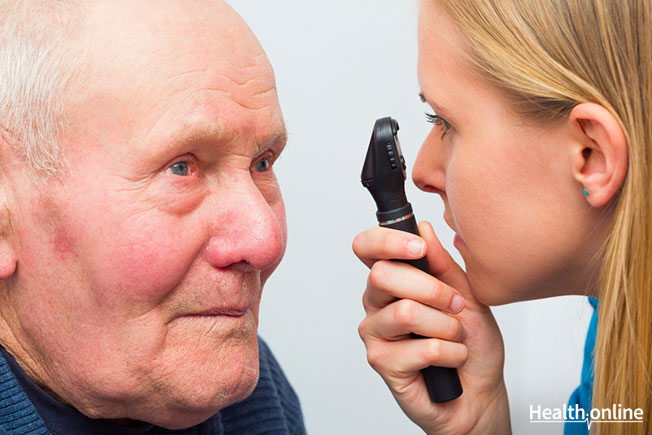
Diagnosis of Cataract
Cataracts is the clouding of the eye due to protein build up. In order to be diagnosed with a cataract it is essential that as a patient you follow up with your Ophthalmologist. Being aware of the risk factors and the signs/symptoms of cataract development will help one to seek intervention more quickly. There are several specific examinations that the Ophthalmologist will perform in order to determine if the cataract is the cause of the disturbance in vision.
The first test is known as a visual acuity test. This test uses the big eye chart that measures how well an individual can visualize the letters on the chart. Each eye is first tested independently of the other. The physician will have you read the smallest, clearest line from left to right beginning with the right eye and then with the left eye. The physician will then determine the results of this visual acuity test and determine if you have 20/20 vision in each eye. If there is a visual disturbance, the visual acuity test will show those specific signs.
The ophthalmologist will then evaluate each eye using a slit-lamp. The slit-lamp evaluation allows the Ophthalmologist to evaluate the external structures of the eye, including the lens. The slit lamp is a microscope that magnifies the external eye structures. The slit lamp is used to examine the cornea, iris, lens, and chamber between the iris and cornea. During this test the physician will be able to determine if the patient has cataracts and how advanced those cataracts are.
Finally, the physician will perform a retinal examination. Using an ophthalmoscope, the physician will evaluate the back of the eye where the retina is located. Understanding the structure of the retina and its involvement in the production of vision, will help determine if the cataract or retinal damage is the cause of the visual disturbances. If there is not any retinal pathology and there is a cataract present, then in many cases the visual acuity will be tremendously improved with the removal of the cataract. If there is a retinal pathology, the improvement in visual acuity will be based on the severity of that underlying pathology.




